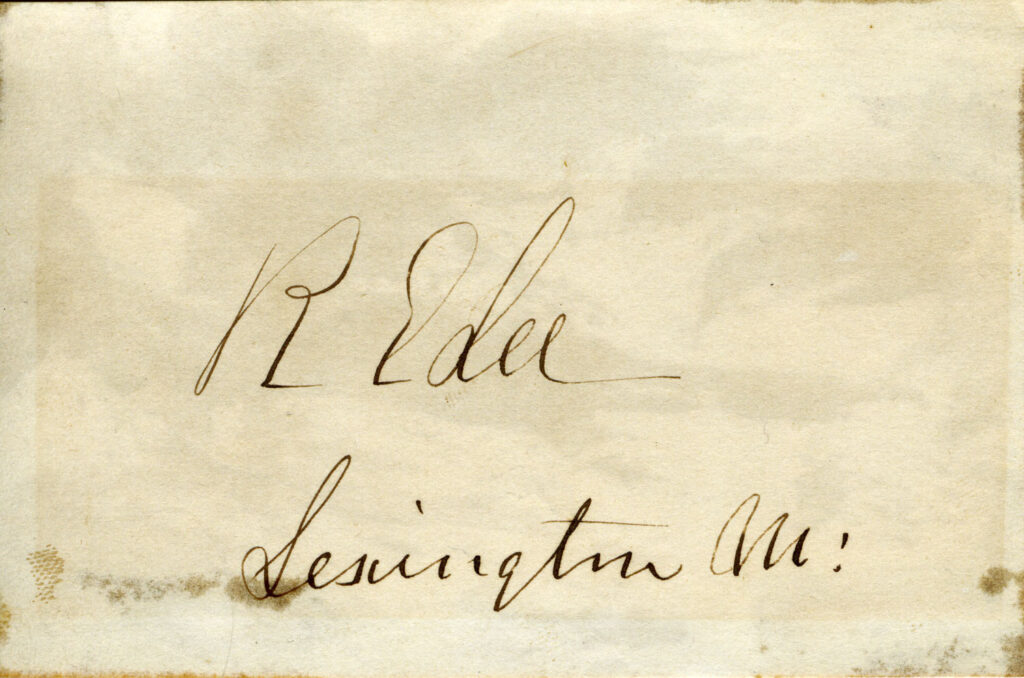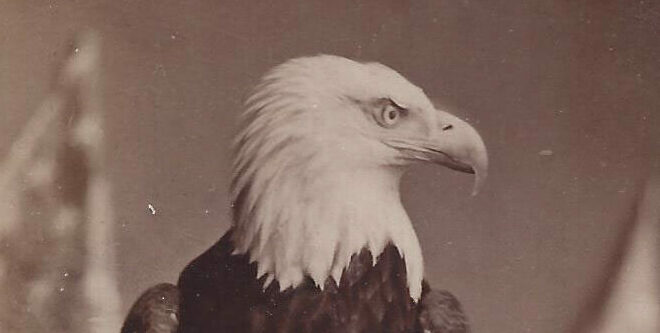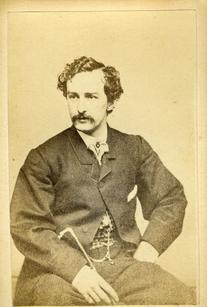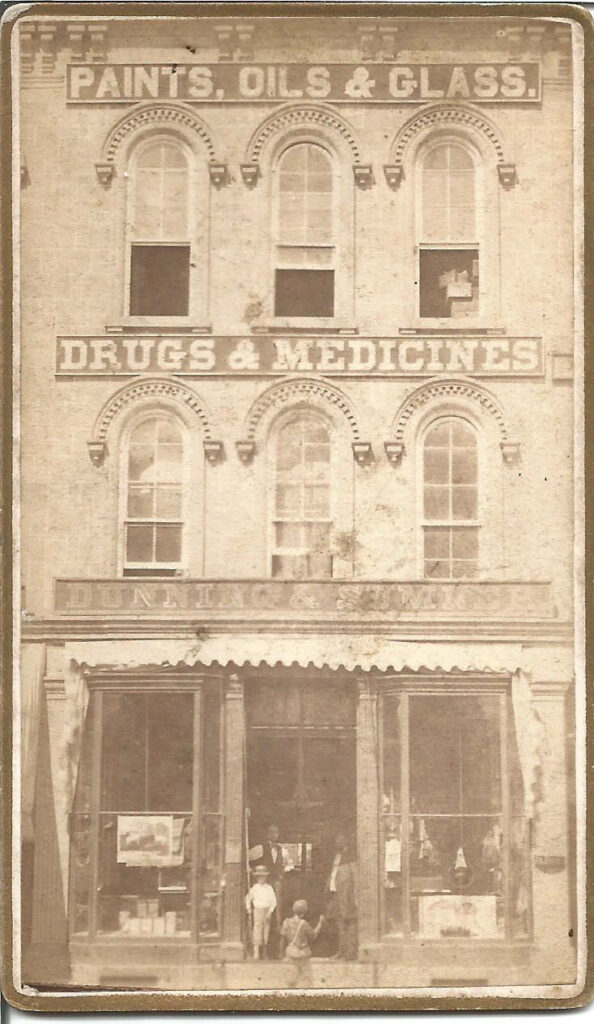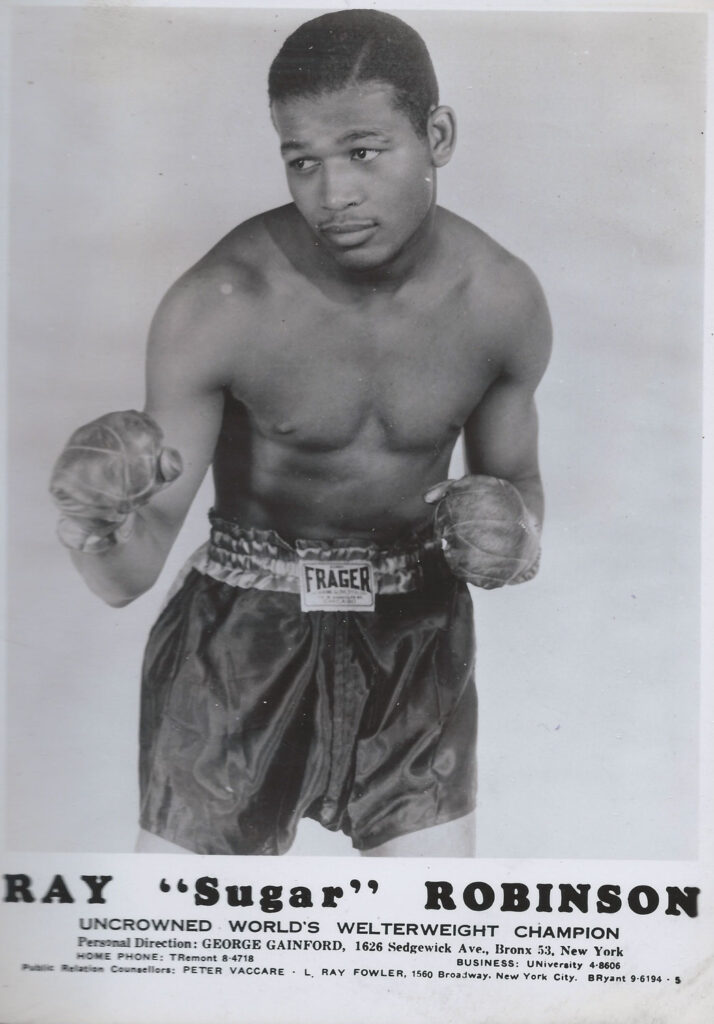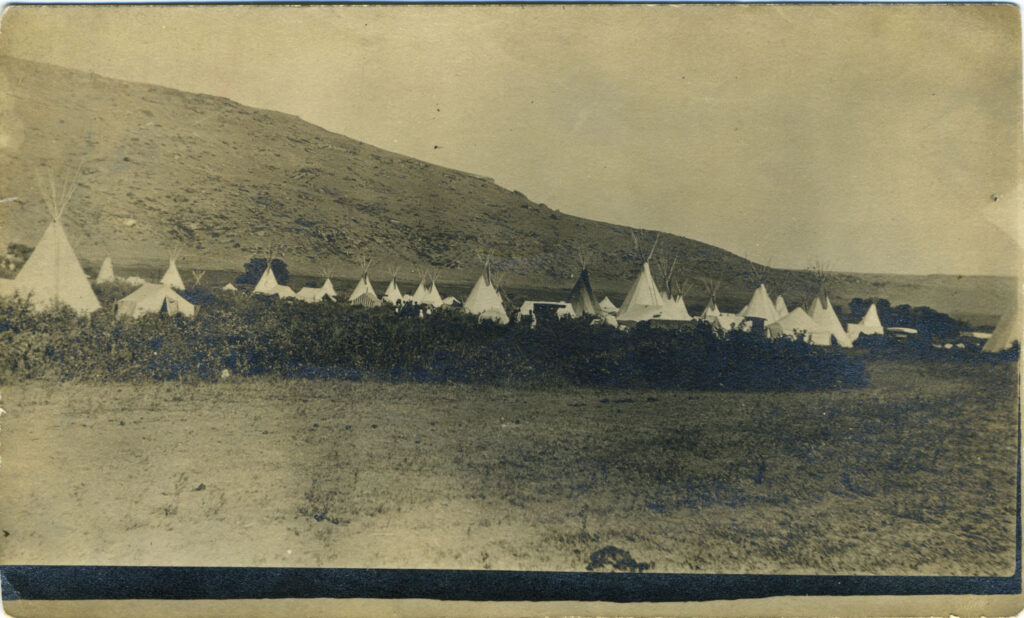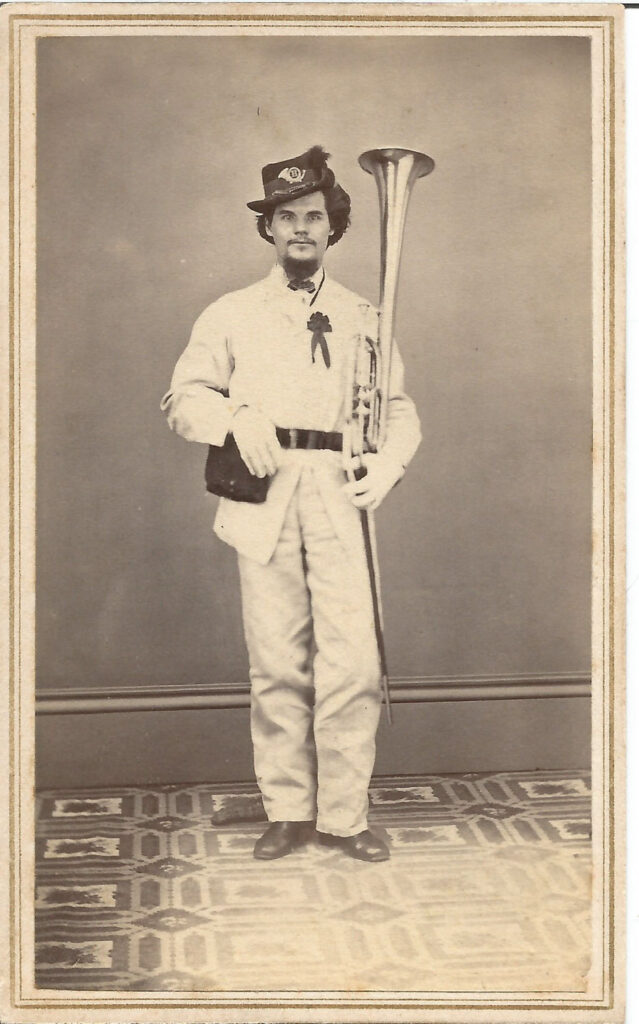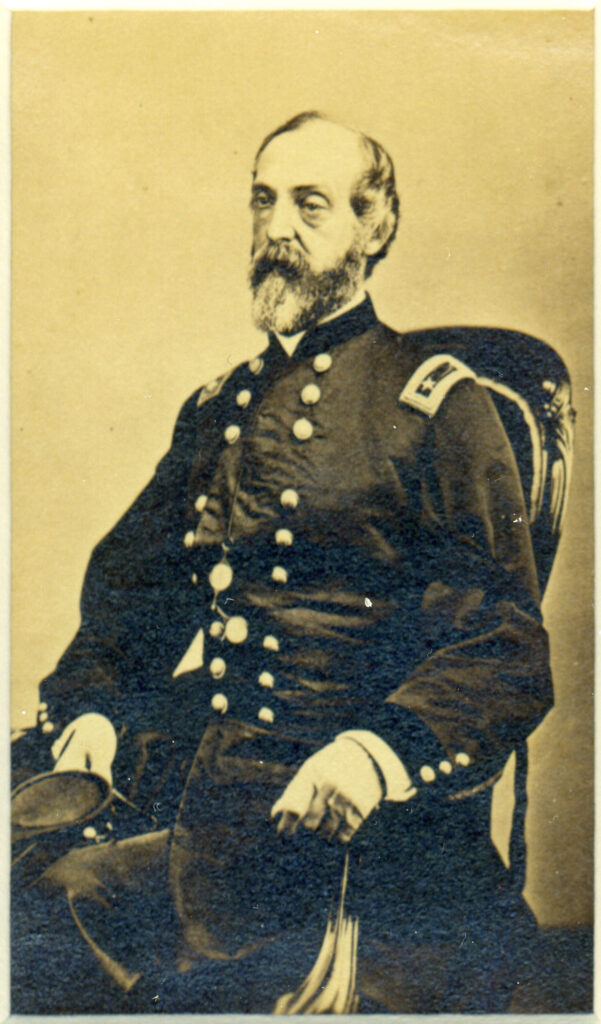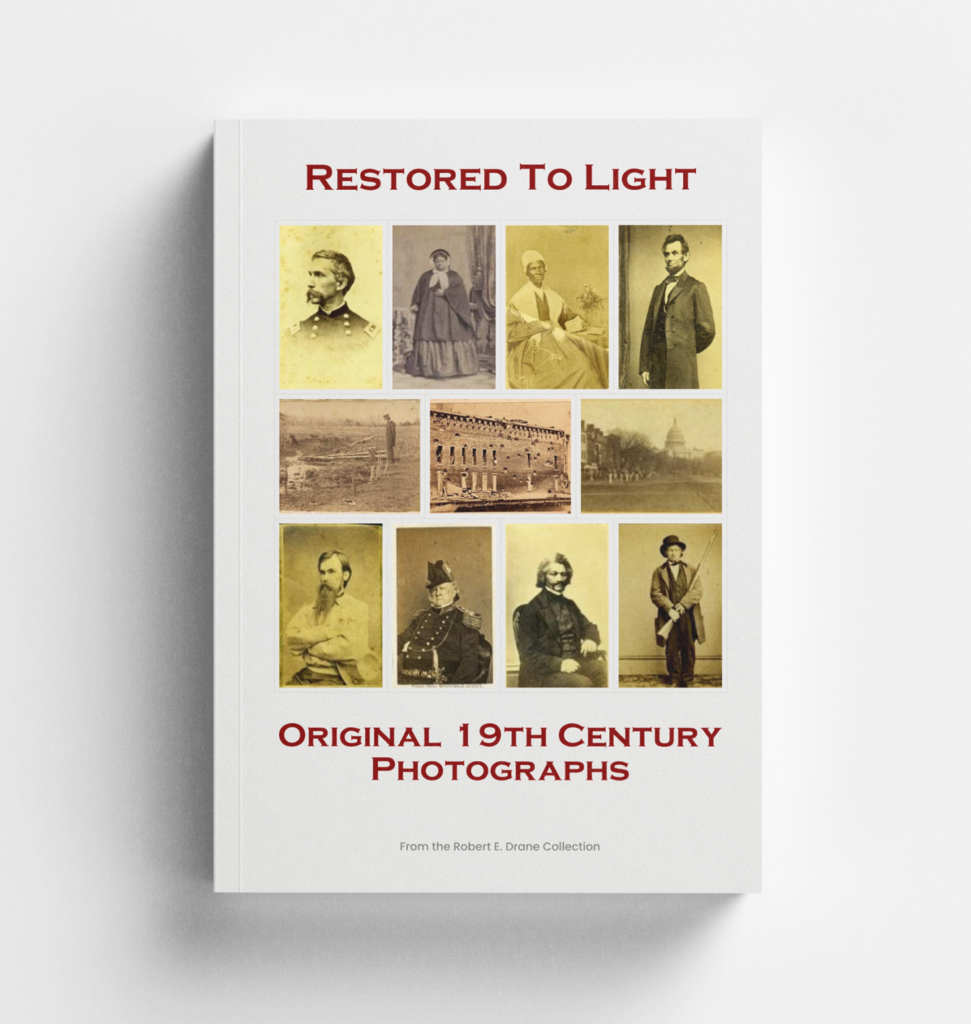
The Robert E. Drane Collection Of Original 19th Century Photography
Welcome to a fun walk through our museum of photographs taken between 1845 and 1885 by Mathew Brady, Alexander Gardner, Timothy O’Sullivan, Andre Disderi and other artists of the era. Each image is an original, having survived for over 150 years, most often in family albums. The gallery created here allows the images to be “restored to light” in digital form. The 2500+ photographs are organized into the groupings shown below. To begin your visit, simply scroll down and click on the site you want to explore.
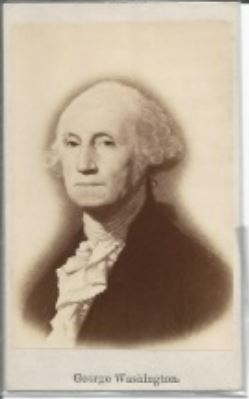 Section #1
Section #1Presidents
- 1 – Federalists
- 2 – Democratic-Republicans
- 3 – Democrats
- 4 – Whigs
- 5 – Lincoln
- 6 – Other Republicans
- 7 – First Ladies
- 8 – Jefferson Davis and Family
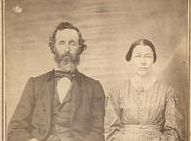 Section #2
Section #2American Revolution
- 9 – Founding Fathers
- 10 – Convention Halls
- 11 – Key Documents
- 12 – Military/Battles
- 13 – Colonial Dress
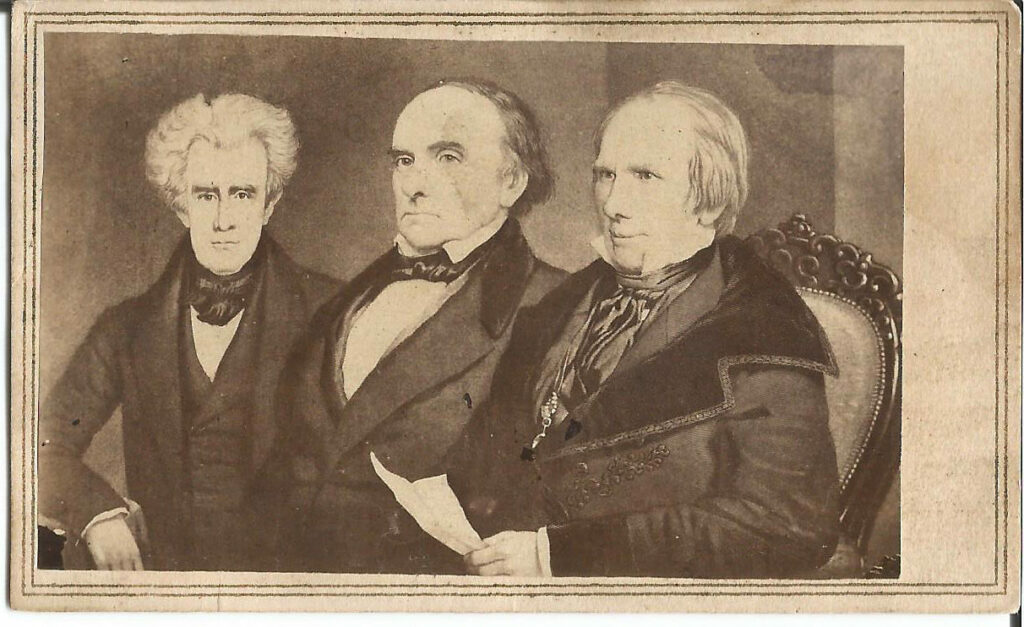 Section #3
Section #3Congress/Politicians/Diplomats
- 14 – Northeast/Free
- 15 – Northwest/Free
- 16 – Border/Slave
- 17 – Southeast/Slave
- 18 – Southwest/ Slave
- 19 – Other
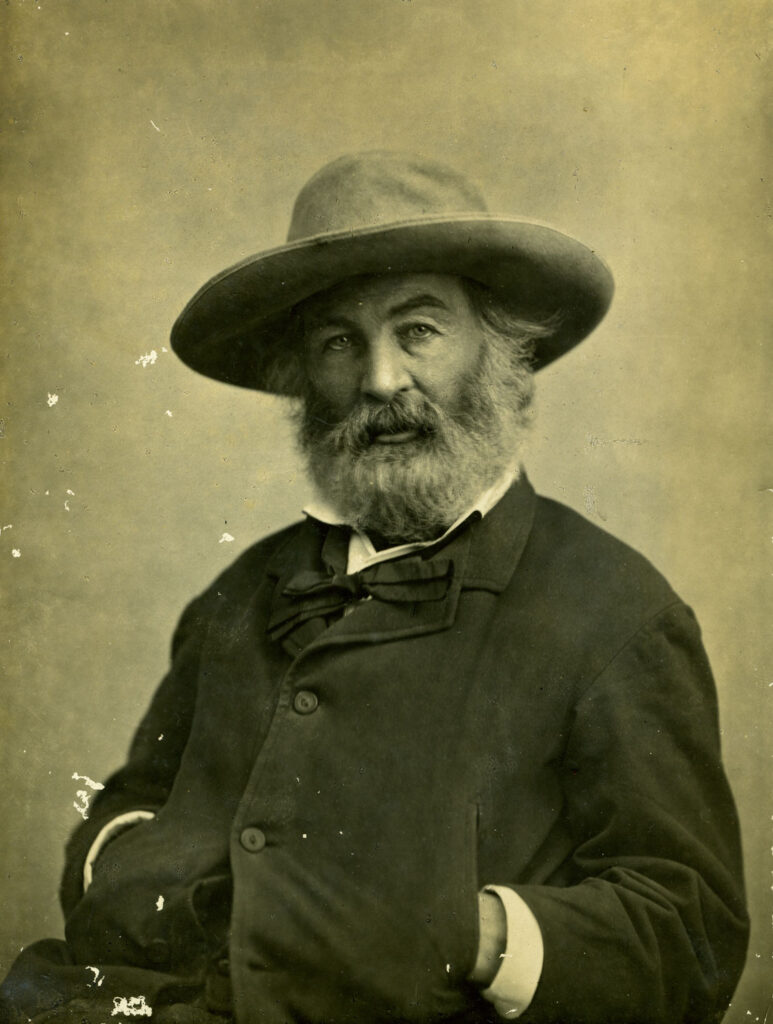 Section #4
Section #4Men Outside Politics
- 20 – Authors
- 21 – Journalists/Newspapers
- 22 – Clergyman
- 23 – Tycoons/Business/Finance
- 24 – Inventors
- 25 – Explorers/Frontiersmen
- 26 – Filibusters
- 27 – Judiciary
- 28 – Physicians
- 29 – Educators/Teachers
- 30 – Photographers
- 31 – Bosses/Merchants
- 32 – Salesmen/Advertising
- 33 – Circus
- 34 – Musicians
- 35 – Entertainment
- 36 – Masons
- 37 – Others
- 38 – Mormons
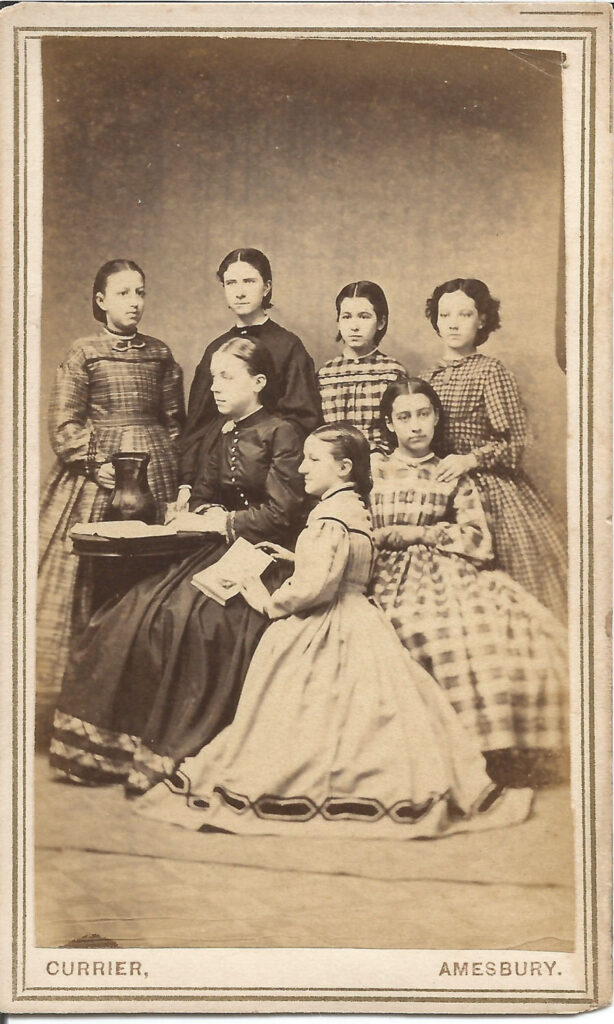 Section #5
Section #5Women
- 39 – Authors/Writers
- 40 – Abolitionists/Reformers
- 41 – Political
- 42 – Teachers
- 43 – Doctors
- 44 – Nurses
- 45 – Religious/Clergy
- 46 – Musicians
- 46 – Actresses
- 47 – Singers
- 48 – Business
- 49 – Maids/servants
- 50 – Others
- 51 – Spies
- 52 – Ballerinas
Occupationals
- 53 – Farmers
- 54 – Day Laborers
- 55 – Town “Workies”
- 56 – Trains/Fire/Police/Post Office
- 57 – Craftsmen (blacksmith, carpentry, leather, etc.)
- 58 – Lumbermen
- 59 – Sailors/Seamen
- 60 – Miners/Gold Rush
- 61 – Ironmen
- 62 – Butchers
- 63 – Painters
- 64 – Icemen
- 65 – Cowboys
- 66 – Drovers
- 67 – Barbers
- 68 – Newspapermen
- 69 – Fishermen
- 71 – Bakers
- 72 – Brewers
- 79 – Interesting Individuals
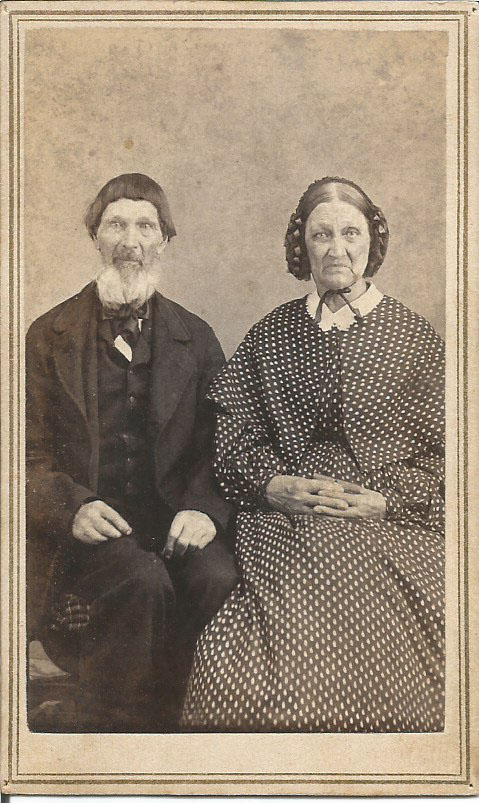 Section #7
Section #7Everyday Citizens
- 73 – Identified Children
- 74 – Unidentified Children
- 75 – Sisters
- 76 – Brothers
- 77 – Couples
- 78 – Families
- 80 – Immigrants
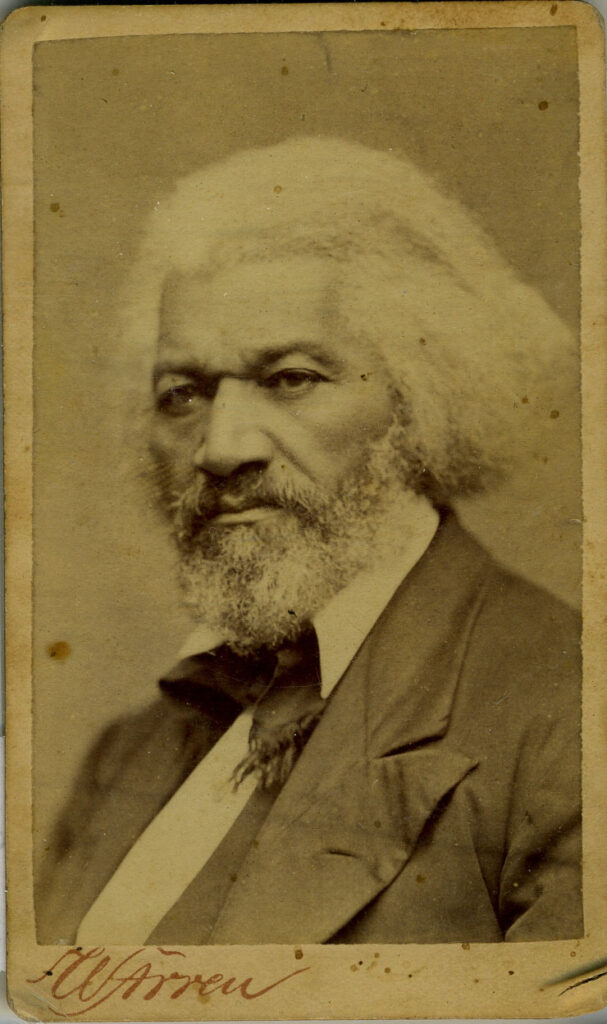 Section #8
Section #8African Americans
- 81 – Tribal Setting
- 82 – Auction Houses to sell Enslaved People
- 83 – Enslaved Children
- 84 – Enslaved Adults
- 85 – Nannies
- 86 – Heroic Abolitionist
- 87 – Freedmen – ID’s
- 88 – Freedmen – No ID’s
- 89 – Free Women
- 90 – Freed Slaves of New Orleans
- 91 – The Lott Household
- 92 – Racist Cartoons/Slurs
- 93 – Blackface Minstrels
- 94 – Emancipation
- 95 – Documents/Paper
- 96 – Military
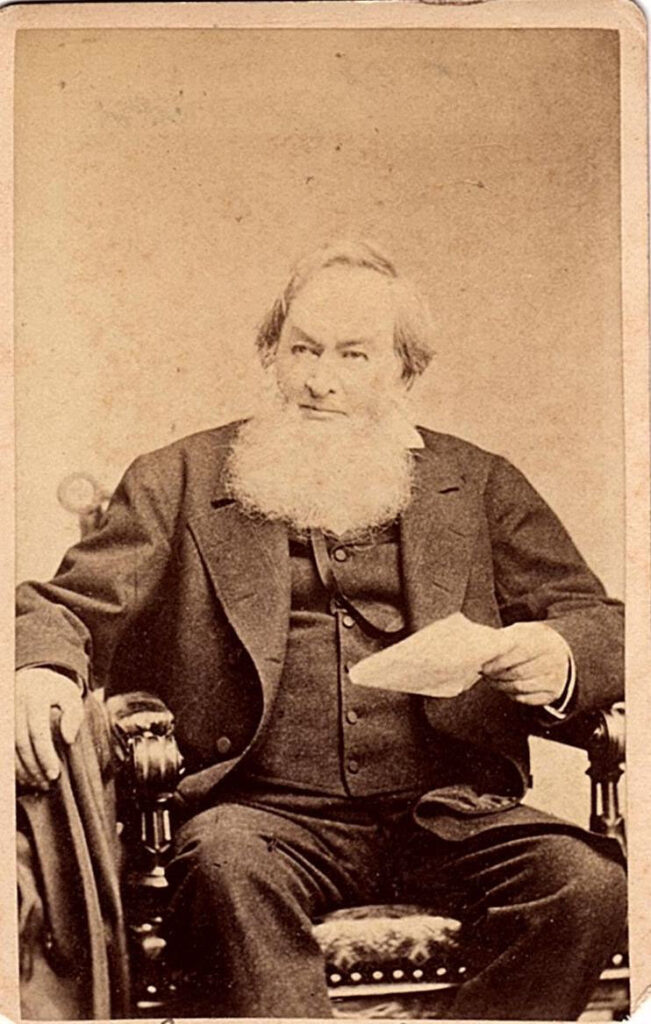 Section #9
Section #9Abolitionist/Reformers
- 97 – Movement Founders
- 98 – Politicians
- 99 – John Brown
- 99 – Clergy
- 100 – Underground Railroad
- 101 – Temperance
- 101 – English Movement
- 102 – Others
- 103 – Pro-Slavery Advocates
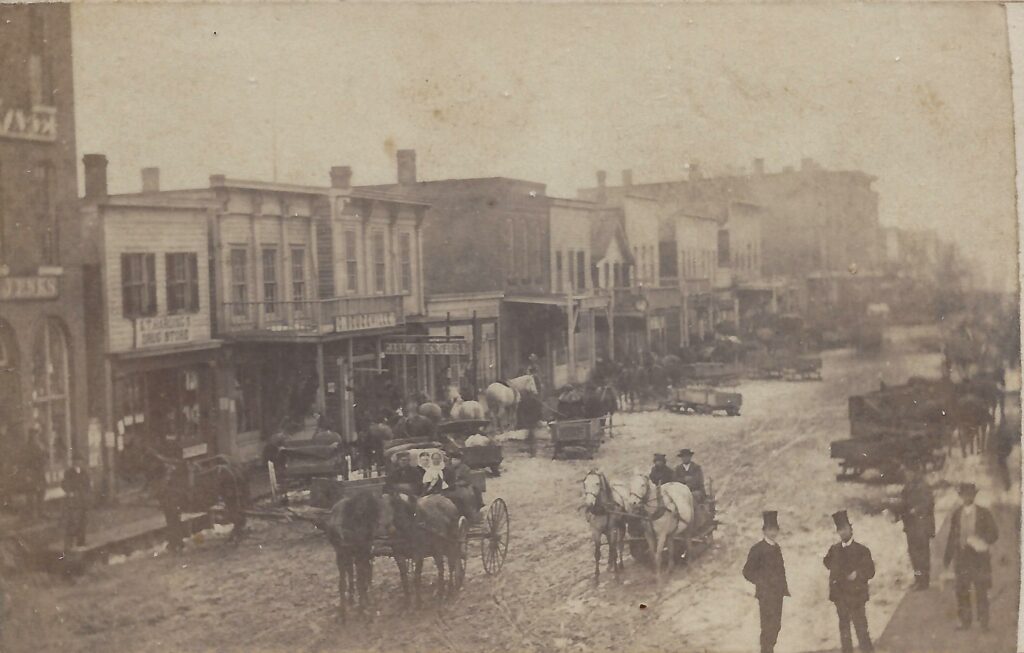 Section #10
Section #10Outdoor Settings
- 104 – Homes
- 105 – Cotton
- 105 – Farm Scenes
- 106 – Small Towns
- 107 – Storefronts
- 108 – Other Urban Centers
- 109 – Port Cities
- 110 – Factories
- 111 – Mills
- 112 – Military Academies
- 113 – Landmark Sites / Buildings
- 114 – Universities
- 115 – Forts / Outposts
- 116 – Canals
- 117 – River/Lakes/Falls
- 118 – Churches
- 119 – Washington DC
- 120 – Transportation
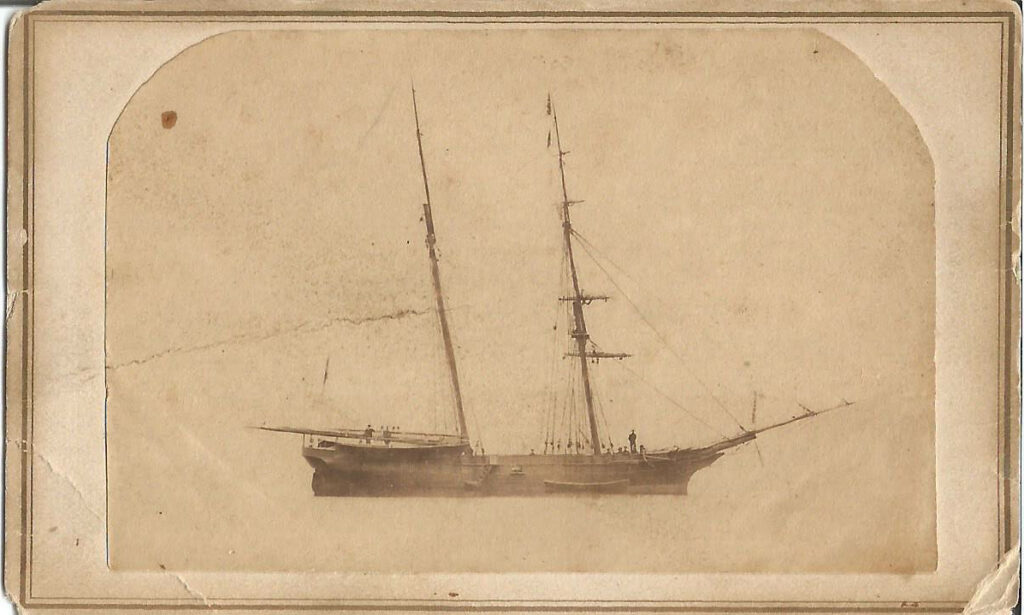 Section #11
Section #11Ships/The Sea/Sailors
- 121 – Identified Warships
- 122 – Other Sailing Ships
- 123 – Steamships
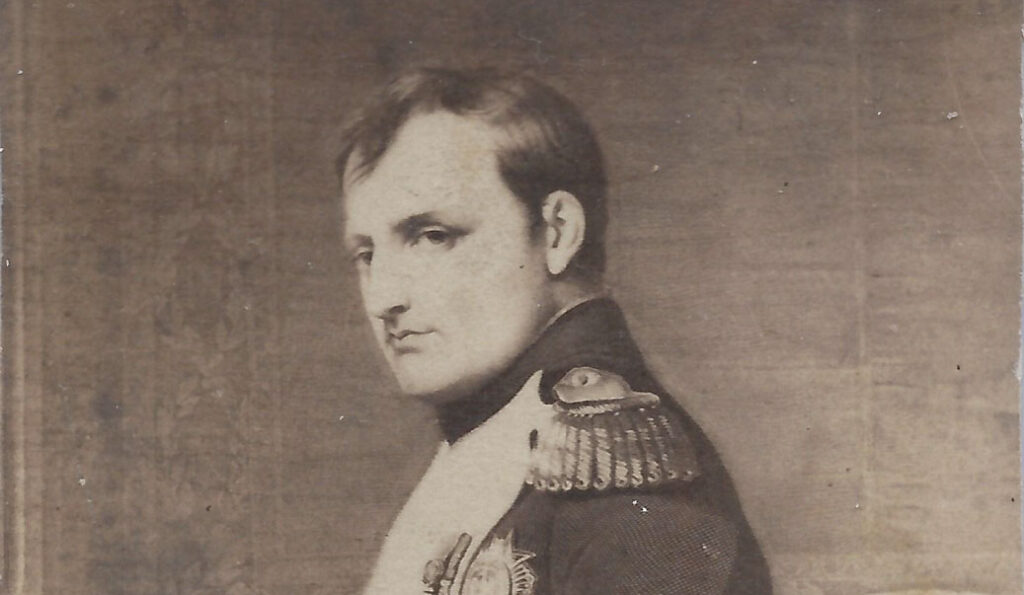 Section #12
Section #12Foreigners
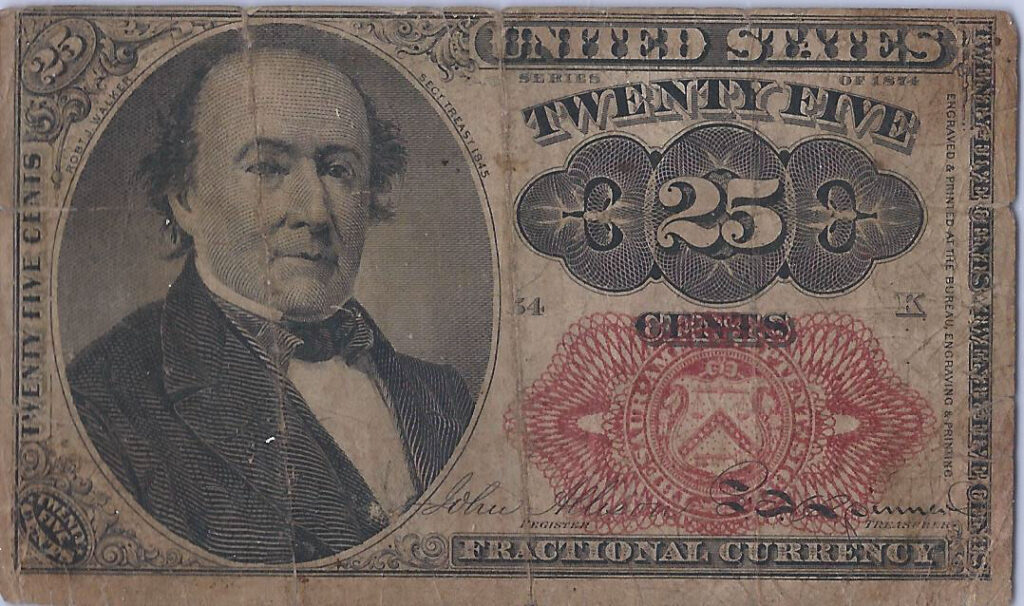 Section #13
Section #13Money/Stocks
- 131 – Colonial Money
- 132 – US Currency
- 133 – Confederate Currency
- 134 – Stocks
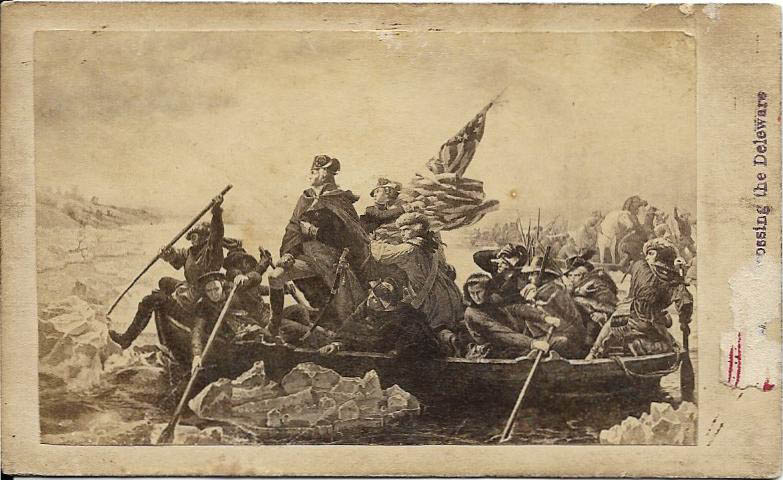 Section #15
Section #15Military
- 138 – Revolutionary War
- 139 – War of 1812
- 140 – Indian Affairs
- 141 – Mexican War
- 142 – Civil War – North
- 143 – Civil War – South
- 144 – Napoleonic Wars
- 145 – Bloody Kansas
- 146 – Civil War Battle Scenes
- 147 – Little Big Horn
- 148 – World Wars
- 149 – Franco-Prussian War
- 150 – Boer War
History of Early Photography
Mankind’s wish to record an accurate lasting image of what he sees with his eyes has endured since the beginning of time. Early attempts range from pre-historic cave drawings through paintings of the renaissance masters. But it isn’t until the 19th century introduction of cameras and photography that the original wish becomes a reality.
After attempts by many early inventors to construct a workable camera, it is the Frenchman, Louis Daguerre (1787-1851), who finally arrives at a practical solution. His camera is a boxy affair, with an aperture (opening) on the front end allowing a stream of parallel light beams to flow inward through a convex (bowed outward) glass lens. The lens bends the beams until they converge at a focal point at the camera’s back.
Once there, the convergent light strikes a plate – originally silver and later glass – that has been carefully polished and coated with silver iodide. Then a chemically induced miracle occurs when the plate is removed in a dark room, exposed to a vapor of mercury and immersed in a sodium solution that “fixes” a photograph.
For the first time, what the eye can see is captured, via this “light writing” process, on a permanent plate, for framing on a mantelpiece or collection in an album. As such, mortal man is able to record his time on earth for future generations to come.
In 1838 Daguerre takes the first photograph that captures people leading their daily lives, in this case Parisians strolling along the Knight’s Templars Boulevard. Given the long exposure times required to fix images on the plate, those in the crowd who are moving, appear in a blur – a problem that will be addressed by moving shots of people to indoor studios, where they will stand still before the camera for minutes at a time.
The immediate and immense popularity of the initial “daguerreotypes” produce a rush of improvements in early photography.
Daguerre’s silver plates are tricky to handle and result in a reversed image whose shininess is often distracting to the eye. They are initially replaced by two new options:
* Ambrotypes. These utilize glass plates, treated with iodized collodion, and backed by
black varnish which creates a rich positive image for viewers.
* Tintypes. These are a variant of the ambrotype replacing the glass plate with one
made from tin, lacquered on the back to again produce a positive image.
Then comes the Carte de Visite, a technical breakthrough that revolutionizes the art.
In 1853, John Adams Whipple of Boston, demonstrates that the negative image fixed on a glass plate can be
transferred through direct contact to cotton paper, specially treated with albumin (egg whites), salt and silver nitrite — the result being a sharp, positive photograph.
When affixed to a sturdy cardboard mount, the result matches the earlier formats in quality, but at a sharply reduced price. Better yet, the same image can be transferred over and over again from the same plate, allowing sitters to often buy a dozen copies for a single dollar.
The camera itself is also undergoing important refinements. Another Frenchman, Andre Disderi, creates a box with eight lenses, so that eight identical images can be captured simultaneously on the one glass plate being exposed. This greatly facilitates production of copies. Likewise, by varying the distances between the camera and the sitter, “blow-up shots” become available.
By 1858 or so, the Carte de Visite becomes the dominant photographic format, worldwide, and it will endure until early in the 20th Century and the appearance of Kodak’s personal camera.
The photography craze in America begins in 1844 when Mathew Brady learns the process, opens a studio in New York, and begins to publish photographs of the many famous people who flock to his studio.
Everyone in America wants to have their “phiz taken” at a studio and then handed out to a full range of acquaintances. The urgency of this accelerates greatly when the American Civil War breaks out in 1861, and those about to go off to the fighting regard these CDV’s as a path to preserving their likeness in case of future tragedy.
Throughout the period, photographers open studios in small towns and large cities, shooting everything in sight and “branding” their artwork with personalized stamps appearing on the back of the 2.5×4.0 inch cardboard mounts bearing the images.
Along the way they create a documentary of the people and places and events that shape America’s first century as a nation.
This hearty breed camped out overnight and conducted exhibitions of marching drills and bands followed by the startling boom of 12 lb. Napoleons firing off blank shells to entertain the crowd. The supply of albumin photographs at this time was still fairly plentiful and prices for Union men ranged from $25-100 with double that for Confederates, who were scarcer. One-of-a-kind daguerreotypes were typically 2-3x more expensive.
Then came the 1993 movie Gettysburg and interest in the war increased dramatically, along with prices charged. In addition to the Shows came Catalogues from dealers describing their items for sale and prices. Henry Deeks led the way here with a heavily researched newspaper-like brochure, fixed prices absent any chance for haggling, and a set date and time (5am Eastern) when he was open for business. This was first come first served, and many a times I spent re-dialing his phone in hopes of getting through before my target photos had been sold.
By the year 2000, the marketing world changed dramatically with the rising popularity of the internet. Dealers set up their own websites to carry out transactions and soon enough eBay entered the fray with its online auctions. The expanding number of collectors sharply thinned the supply of original photos available and prices increased in turn. Scams also materialized with cleverly disguised “reproduction photos” offered as originals. Hence collectors needed to either buy from known and trusted dealers or develop a good eye for what is real vs. fake on eBay.
At present, the demand for authentic 19th century photographs continues to accelerate, along with the prices for those considered particularly rare. Most of the scarcest cdv’s are now sold through auction houses such as Wes Cowans/Hindman, Heritage and others. So what was once a $200 cdv of someone like General George Custer can now sell for upwards of $5,000 if “graded” in mint condition. Where this market will head over time is unknown, as is the appraised value of the collection on this website.
But for this collector, the “value” of these images resides not in dollars but in the spirit learned long ago from Henry Deeks. In displaying and making them available to the public for free, we bring these soldiers back to life and honor them. As “source documents,” they may also contribute to future scholarship on 1800’s in America.
Finally, the 501c3 Non-Profit is beginning to search for an ongoing home for the photographic collection and the roadtothecivilwar.org website. Both could end up at a historical society or museum, a university or with another individual history enthusiast.
Our Books
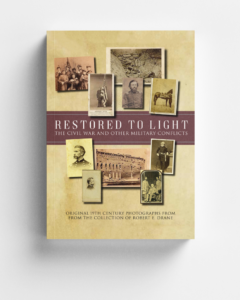
Restored to Light: The Civil War and Other Military Conflicts
Here you will find a very brief overview of America’s military conflicts along with over a thousand original 19th century photographs of the soldiers who fought and of some of the battle scenes. Coverage will include the Revolutionary War, The War of 1812, various Tribal Wars, the Mexican War, the aftermath in “Bloody Kansas,” and the Civil War itself. For those interested, several other conflicts are touched on in various degrees of detail: the Waterloo Battle, Custer’s defeat at the Little Big Horn and snippets related to the Crimean War, and both the First and Second World Wars.
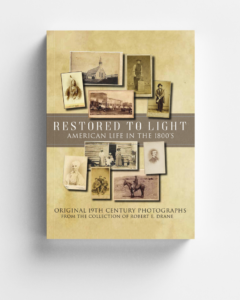
Restored to Light: American Life in the 1800’s
This book will introduce our diverse population, from the common men and women of all races and classes, to the more prominent figures who shaped our beliefs and values and growth as a nation. You’ll learn about our homes, schools, churches and ever changing modes of transportation. How our small towns become large cities with vibrant market-places. How capitalism and industrialization provide an economic boom and open many new ways to earn a living beyond agriculture. Also about our evolving political parties and their leaders, and trace their efforts to deal with various foreign and domestic conflicts while competing for power.
Since America’s history is marked by tragic flaws as well as towering strengths, you’ll explore the brutal experiences of the enslaved African-Americans, the root causes of racism and gender inequality, and our ruinous propensity for violence. Finally, we’ll end with a fun look at the history of our entertainment industry.
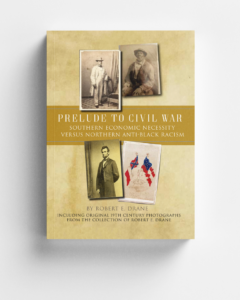
Prelude to Civil War
This book examines the key events in American history from the 1607 arrival of the British colonists through the 1775-81 Revolutionary War, the creation of a new nation at the 1787 Constitutional Convention, its amazing rise to global prominence by 1840, followed by internal insurrection and warfare in 1861. It argues that the seeds of Disunion are evident from the beginning, once the South bets its entire economic future on the ongoing expansion of a slave-based agricultural economy. This conflicts with the North’s commitment to a modern industrialized model along with its passage of racist “black codes” aimed at “cleansing” all negroes from its domain. Up until 1845 “political compromises” allow both regions to prosper, as America’s landmass crosses the Mississippi River. However, tensions accelerate after the 1846-47 Mexican War opens new western territories coveted by both sections. Southern demands to open new slave plantations are met by Northerners committed to preserving all new land for “free white men and free labor.” This outcome would end the South’s ability to auction off its inventory of “excess slaves,” the principal source of its total wealth. Efforts to find a compromise fail and Lincoln’s victory in the 1860 election (with 39% of the popular vote) results in a slavery ban in the west, secession by the South and the Civil War.
